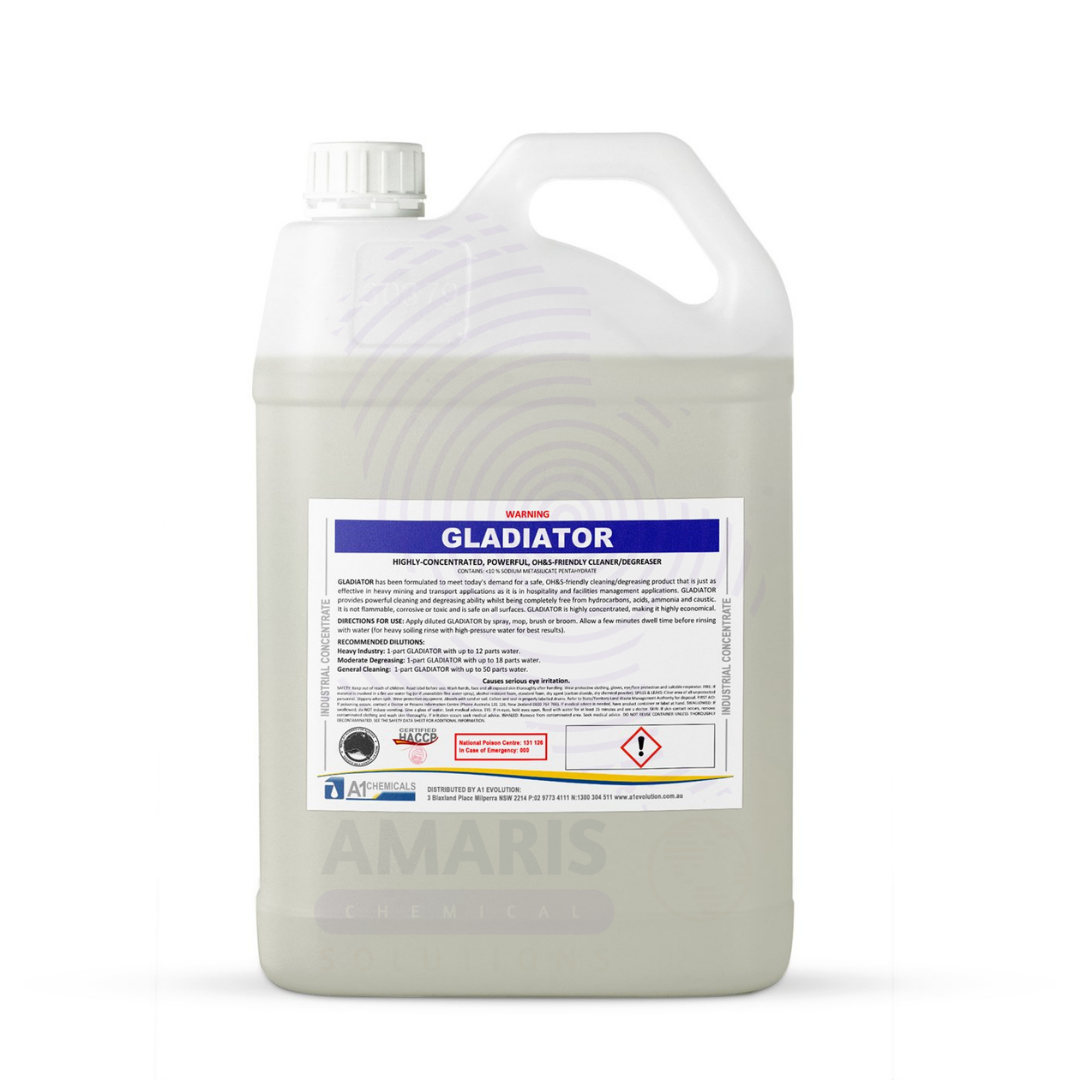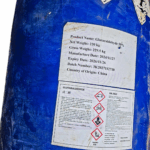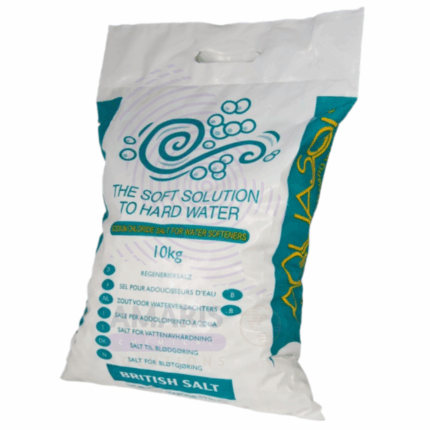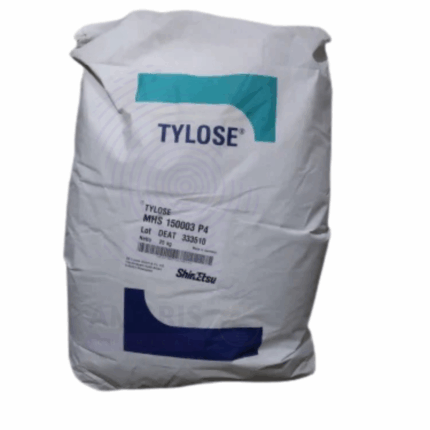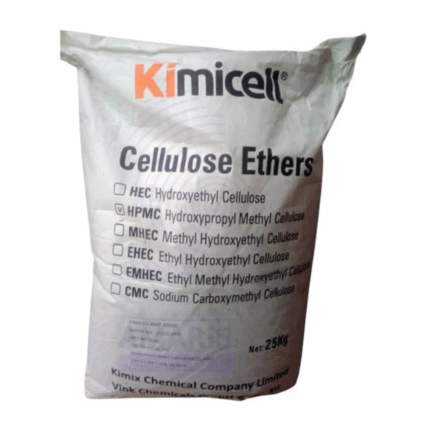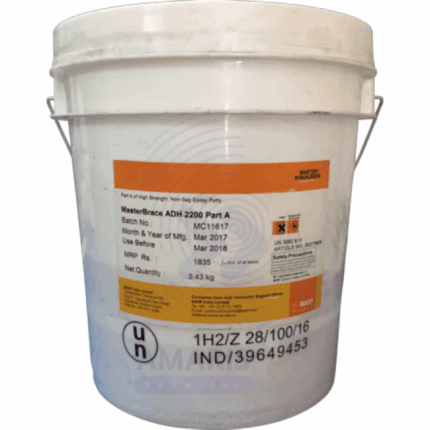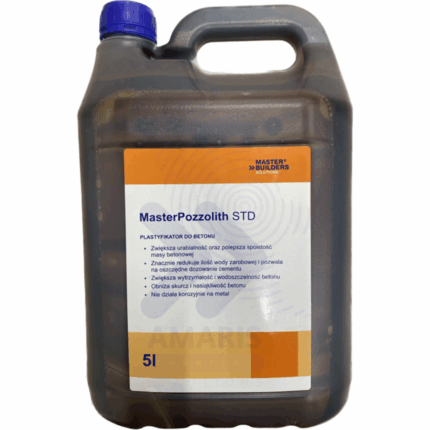Gladiator
Whatsapp Order
Gladiator is a high-performance structural adhesive based on methyl methacrylate (MMA) chemistry. Designed as a two-part reactive acrylic system, it offers exceptional bonding strength for demanding industrial and structural applications. With a shear strength exceeding 3,000 psi, Gladiator is particularly effective for bonding metals, plastics, and composite materials. It cures at room temperature and offers excellent resistance to mechanical stress, impact, vibration, and thermal cycling. Widely used in construction, automotive, marine, and maintenance applications, it features rapid setting, gap-filling capacity, and superior durability—even under harsh conditions.
Description
Table of Contents
Toggle
Gladiator
Primary Uses
- Construction & Manufacturing
- Structural bonding of dissimilar materials such as aluminum, stainless steel, ABS, acrylic, and fiberglass.
- Metal fabrication and frame assembly for equipment housings, enclosures, and panel systems.
- Composite bonding in architectural panels, doors, and signage applications.
- High-performance joining in load-bearing structures, offering mechanical integrity with minimal surface preparation.
- Automotive panel and component assembly, including dashboards, brackets, door skins, and body kits.
- Replacement for welding or riveting in applications requiring clean aesthetics or minimal thermal distortion.
- Bonding of HVAC and ductwork components, providing thermal and vibration resistance.
Secondary Uses
- Marine Applications
- Boat hull repairs involving composite and metal substrates.
- Sealing and bonding in deck fittings, cleats, and interior components.
- Underwater or wet-environment curing, making it suitable for emergency patch jobs in marine settings.
- Anti-corrosion joining where marine-grade metals or fiberglass are bonded.
- DIY & Maintenance
- High-strength tool repair, e.g., cracked handles or broken components.
- Reinforcement of high-stress joints, such as brackets, frames, and equipment casings.
- Adhesive for hobby and crafting where long-term mechanical strength is critical.
- Household appliance or utility repairs, especially with dissimilar materials.
KEY PRODUCT FEATURES
1. Basic Identification Attributes
- Chemical Base: Methyl methacrylate (MMA)
- CAS Number: 80-62-6 (primary component)
- Cure Type: Two-part reactive acrylic adhesive
- Mix Ratio: 10:1 (Resin:Hardener)
- Common Names/Synonyms:
- MMA structural adhesive
- Two-part methacrylate adhesive
- Reactive acrylic bonding agent
- High-strength panel adhesive
2. Physical & Chemical Properties
- Appearance:
- Part A (Resin): Clear liquid
- Part B (Hardener): Pink paste
- Viscosity: Thixotropic; non-sag for vertical applications
- Working Time: 8–12 minutes at 25 °C
- Fixture Time: 15–20 minutes
- Full Cure: 24 hours
- Temperature Resistance: -40 °F to 250 °F (-40 °C to 121 °C)
- Shear Strength: >3,000 psi (ASTM tested)
- Gap Fill: Up to 6 mm
3. Safety & Hazard Attributes
- GHS Classification:
- Flam. Liq. 2 – Highly flammable liquid
- Skin Irrit. 2 – Causes skin irritation
- Eye Dam. 1 – Causes serious eye damage
- Sensitization 1 – May cause allergic skin reaction
- NFPA Ratings:
- Health: 2
- Flammability: 2
- Reactivity: 1
- Toxicity: Harmful if inhaled in uncured state; proper ventilation and PPE essential
- VOC Content: Compliant with low-emission regulations
4. Storage & Handling Attributes
- Container Type:
- Dual-cartridge systems with static mixers
- Sealed metal or plastic cans for bulk use
- Storage Conditions:
- 10 °C to 25 °C (50 °F to 77 °F)
- Keep away from heat, sparks, and direct sunlight
- Shelf Life: 12 months in original sealed packaging
- Handling Notes:
- Avoid mixing large batches that can cause exothermic reactions
- Do not use near open flame or ignition sources
5. Regulatory & Compliance Attributes
- ASTM Compliance: D7322 – Structural adhesives for plastics and metals
- SAE Compliance: J2668 – Adhesives for automotive bonding applications
- VOC Compliance: Meets CDPH 01350 and other low-emission regulations
- REACH Registered / RoHS Compliant: Yes (depending on supplier)
6. Environmental & Health Impact
- Biodegradability: <10% in 28 days (poorly biodegradable)
- Ecotoxicity: Harmful to aquatic life in uncured form
- Bioaccumulation: Not expected
- Waste Disposal: Cured material is non-hazardous; uncured must be treated as hazardous waste
- Air Emissions: Low VOC systems available upon request
SAFETY HANDLING PRECAUTIONS
Safety Handling Precautions
- PPE Requirements:
- Chemical-resistant gloves (nitrile or butyl rubber)
- Organic vapor respirator in poorly ventilated areas
- Splash goggles or full-face shield for mixing/spraying
- General Handling Guidelines:
- Do not mix near open flames
- Avoid skin and eye contact
- Use in ventilated areas or under fume extraction systems
- Hygiene Practices:
- Wash hands thoroughly after use
- Do not eat or drink while handling
First Aid Measures
- Skin Contact: Wipe off adhesive, then wash thoroughly with soap and water
- Eye Contact: Rinse eyes with water for at least 15 minutes and seek immediate medical attention
- Inhalation: Move to fresh air immediately; seek medical help if breathing becomes difficult
- Ingestion: Do not induce vomiting; seek immediate medical advice
- Spills: Absorb with inert materials (sand, vermiculite), collect, and dispose of as hazardous waste
Firefighting Measures
- Fire Hazards: Flammable liquid and vapor
- Flash Point: ~10 °C (50 °F)
- Extinguishing Media: Dry chemical, foam, CO₂, or water fog
- Special Precautions:
- Firefighters should wear full protective gear and self-contained breathing apparatus
- Vapors may travel along surfaces and ignite at distant ignition points
- Hazardous Combustion Products: Carbon monoxide, carbon dioxide, and other toxic fumes
Related products
Aquasol
Aquasol is a water-soluble, high-purity soluble powder typically formulated for use as a mineral supplement or a delivery system in various industries. It often contains vitamins, minerals, or other active ingredients in a readily bioavailable aqueous form. Aquasol products are known for their excellent solubility in water, rapid absorption, and versatility in applications ranging from pharmaceuticals to food fortification and animal nutrition. The exact composition can vary depending on the intended use, but the common trait is its ability to dissolve quickly and evenly in aqueous media.
Cellozize Tylose
Cellozize Tylose, commonly known by the trade name Tylose, is a brand of hydroxyethyl cellulose (HEC), a non-ionic, water-soluble cellulose ether derived from natural cellulose. It appears as a white to off-white powder with excellent thickening, binding, and film-forming properties. Tylose is widely used as a rheology modifier, stabilizer, and thickener in various industries including construction, pharmaceuticals, cosmetics, and food. It provides viscosity control, improves texture, and enhances water retention in formulations. Due to its inert, non-toxic, and biodegradable nature, Tylose is favored as a versatile polymer in many applications.
Cellulose Ether
Cellulose ether refers to a group of chemically modified cellulose derivatives where hydroxyl groups on the cellulose backbone are substituted with ether groups such as methyl, hydroxyethyl, or carboxymethyl groups. These modifications improve solubility, viscosity, and film-forming properties while maintaining biodegradability and non-toxicity. Cellulose ethers are white to off-white powders or granules that dissolve in water to form viscous, stable solutions. They are widely used as thickeners, binders, stabilizers, and film formers in industries such as construction, pharmaceuticals, cosmetics, food, and paper.
Marble Adhesive Glue
Marble Adhesive Glue Granite Glue, also known as Granite Glue, is a high-strength adhesive specifically formulated for bonding natural stones such as marble, granite, and other types of stone surfaces. It offers excellent adhesion, durability, and resistance to environmental factors like moisture, heat, and chemicals. This glue is commonly used in construction, interior decoration, and stone fabrication industries to securely fix stone slabs, tiles, and countertops. The adhesive provides a seamless and strong bond, facilitating the installation and repair of stone surfaces with high aesthetic and structural quality.
Master Air
Master Air is a high-performance air release agent used primarily in concrete and construction applications. It facilitates the release of entrapped air bubbles from fresh concrete mixtures, improving workability, surface finish, and durability. This additive enhances the homogeneity of concrete by reducing air voids that can weaken the structure. Master Air is suitable for use in ready-mix concrete, precast elements, and other cementitious materials, contributing to improved mechanical properties and longevity of the final product.
Master Brace ADH
Master Brace ADH is a high-strength adhesive designed for bonding construction materials such as concrete, metal, wood, and stone. It is formulated to provide superior adhesion, fast curing, and excellent durability, making it suitable for both indoor and outdoor applications. The adhesive offers resistance to moisture, temperature variations, and mechanical stress, ensuring long-lasting bonds in demanding construction environments.
Master Cem Is3000
Master Cem IS3000 is a high-performance, advanced polymer-modified cementitious adhesive and bonding agent. It provides superior adhesion, flexibility, and durability for construction and repair applications. This product enhances bonding strength of cement-based materials to substrates like concrete, masonry, tiles, and metals. Suitable for interior and exterior use, it offers excellent resistance to water, weathering, and mechanical stress.
Master Pozzolith
Master Pozzolith is a high-performance concrete admixture designed to improve the workability, strength, and durability of concrete. It acts as a water-reducing agent and plasticizer, enabling reduced water content while maintaining slump and flow characteristics. This results in enhanced compressive strength, reduced permeability, and improved resistance to weathering and chemical attack. Master Pozzolith is widely used in ready-mix concrete, precast elements, and structural applications to optimize concrete performance and longevity.


 Preservatives(food)
Preservatives(food) Flavor Enhancers
Flavor Enhancers Acidulants
Acidulants Sweeteners
Sweeteners Antioxidants
Antioxidants Colorants(food)
Colorants(food) Nutraceutical Ingredients (food)
Nutraceutical Ingredients (food) Nutrient Supplements
Nutrient Supplements Emulsifiers
Emulsifiers
 Collectors
Collectors Dust Suppressants
Dust Suppressants Explosives and Blasting Agents
Explosives and Blasting Agents Flocculants and Coagulants
Flocculants and Coagulants Frothers
Frothers Leaching Agents
Leaching Agents pH Modifiers
pH Modifiers Precious Metal Extraction Agents
Precious Metal Extraction Agents
 Antioxidants(plastic)
Antioxidants(plastic) Colorants (Pigments, Dyes)
Colorants (Pigments, Dyes) Fillers and Reinforcements
Fillers and Reinforcements Flame Retardants
Flame Retardants Monomers
Monomers Plasticizers
Plasticizers Polymerization Initiators
Polymerization Initiators Stabilizers (UV, Heat)
Stabilizers (UV, Heat)
 Antifoaming Agents
Antifoaming Agents Chelating Agents
Chelating Agents Coagulants and Flocculants
Coagulants and Flocculants Corrosion Inhibitors
Corrosion Inhibitors Disinfectants and Biocides
Disinfectants and Biocides Oxidizing Agents
Oxidizing Agents pH Adjusters
pH Adjusters Scale Inhibitors( water)
Scale Inhibitors( water)
 Antioxidants(cosmetic)
Antioxidants(cosmetic) Emollients
Emollients Fragrances and Essential Oils
Fragrances and Essential Oils Humectants
Humectants Preservatives
Preservatives Surfactants(cosmetic)
Surfactants(cosmetic) Thickeners
Thickeners UV Filters
UV Filters
 Fertilizers
Fertilizers Soil Conditioners
Soil Conditioners Plant Growth Regulators
Plant Growth Regulators Animal Feed Additives
Animal Feed Additives Biostimulants
Biostimulants Pesticides (Herbicides, Insecticides, Fungicides)
Pesticides (Herbicides, Insecticides, Fungicides)
 Active Pharmaceutical Ingredients (APIs)
Active Pharmaceutical Ingredients (APIs) Excipients
Excipients Solvents(pharmaceutical)
Solvents(pharmaceutical) Antibiotics
Antibiotics Antiseptics and Disinfectants
Antiseptics and Disinfectants Vaccine Adjuvants
Vaccine Adjuvants Nutraceutical Ingredients (pharmaceutical)
Nutraceutical Ingredients (pharmaceutical) Analgesics & Antipyretics
Analgesics & Antipyretics
 Analytical Reagents
Analytical Reagents Solvents(lab)
Solvents(lab) Chromatography Chemicals
Chromatography Chemicals Spectroscopy Reagents
Spectroscopy Reagents microbiology-and-cell-culture-reagents
microbiology-and-cell-culture-reagents Molecular Biology Reagents
Molecular Biology Reagents Biochemical Reagents
Biochemical Reagents Inorganic and Organic Standards
Inorganic and Organic Standards Laboratory Safety Chemicals
Laboratory Safety Chemicals Specialty Laboratory Chemicals(Special Laboratory Equipment)
Specialty Laboratory Chemicals(Special Laboratory Equipment)
 Demulsifiers
Demulsifiers Hydraulic Fracturing Fluids
Hydraulic Fracturing Fluids Scale Inhibitors(oil)
Scale Inhibitors(oil) Surfactants(oil)
Surfactants(oil) Drilling Fluids
Drilling Fluids
 Dyes and Pigments
Dyes and Pigments Bleaching Agents
Bleaching Agents Softening Agents
Softening Agents Finishing Agents
Finishing Agents Antistatic Agents
Antistatic Agents
 Admixtures
Admixtures Waterproofing Agents
Waterproofing Agents Sealants and Adhesives
Sealants and Adhesives Curing Compounds
Curing Compounds Concrete Repair Chemicals
Concrete Repair Chemicals Anti-Corrosion Coatings
Anti-Corrosion Coatings
 Surfactants(cleaning)
Surfactants(cleaning) Builders
Builders Enzymes
Enzymes Solvents (Cleaning)
Solvents (Cleaning) Fragrances
Fragrances
 Electronic Chemicals
Electronic Chemicals Catalysts
Catalysts Lubricants
Lubricants Photographic Chemicals
Photographic Chemicals Refrigerants
Refrigerants Automotive chemicals
Automotive chemicals Pyrotechnic Chemicals
Pyrotechnic Chemicals
 Biodegradable Surfactants
Biodegradable Surfactants Bio-based Solvents
Bio-based Solvents Renewable Polymers
Renewable Polymers Carbon Capture Chemicals
Carbon Capture Chemicals Wastewater Treatment Chemicals
Wastewater Treatment Chemicals
 Pigments
Pigments Solvents(paint)
Solvents(paint) Specialty Coatings
Specialty Coatings Binders/Resins
Binders/Resins Additives
Additives Driers
Driers Anti-Corrosion Agents
Anti-Corrosion Agents Functional Coatings
Functional Coatings Application-Specific Coatings
Application-Specific Coatings
 Fresh Herbs
Fresh Herbs Ground Spices
Ground Spices Whole Spices
Whole Spices Spice Blends
Spice Blends Dried Herbs
Dried Herbs
 Leavening Agents
Leavening Agents Dough Conditioners
Dough Conditioners Flour Treatments
Flour Treatments Fat Replacers
Fat Replacers Decoratives
Decoratives Preservatives(baking)
Preservatives(baking)
 Plasticizers & Softeners
Plasticizers & Softeners Reinforcing Agents
Reinforcing Agents Adhesion Promoters
Adhesion Promoters Vulcanizing Agents
Vulcanizing Agents Antidegradants
Antidegradants Blowing Agents
Blowing Agents Fillers & Extenders
Fillers & Extenders Accelerators & Retarders
Accelerators & Retarders